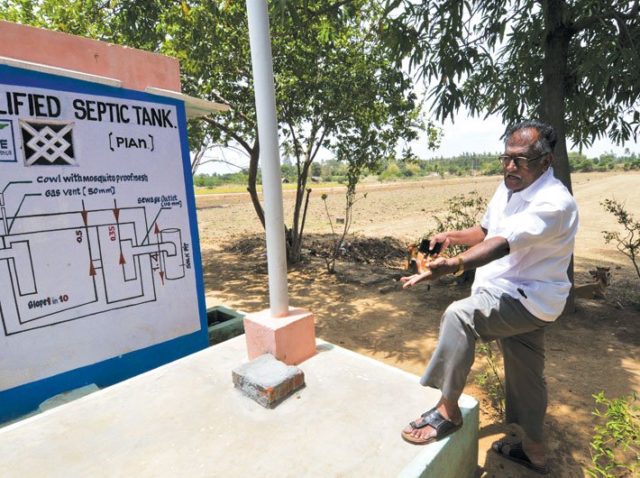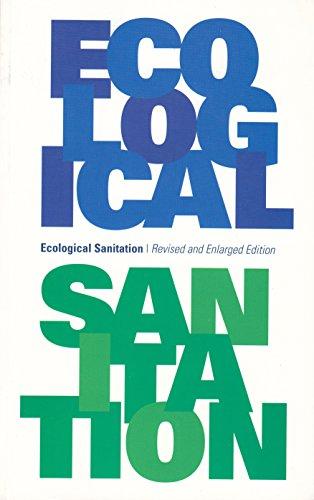Sanitation is a problem. There is a far better solution now.
We all know Sulabh, and how easy it has made this durlabh endeavour of sanitation partly possible. But installing public washrooms comes with a lot of cost attached to it.
There have been innovations constantly happening, but nothing much substantial has been achieved as of now. The costs remain high, and sanitation still remains a privilege.
ED brings to you what it calls “a silent revolution” happening in India right now, which the masses are oblivious to. It began way before there was Congress’s Nirmal Bharat Abhiyan or the BJP’s Swachchh Bharat Abhiyan. Marachi Subburaman had been working towards providing sanitation to the country’s rural population since 1976.

Through years of experience, successes and failures, we have now come to this technology that doesn’t really seem like technology but more of a system of defecation and decomposition.
Ecological Sanitation – EcoSan
Ecological Sanitation is a book by a Swedish planner, Uno Winblad. It is often considered a holy book for those who practice sustainable development, and has one of the most important pieces on ecological sanitation.

Paul Calvert, a British marine engineer, brought this design to life in a quaint fishing village in Thiruvananthapuram where open defecation inside water bodies was usual.
An Indian organisation, Society for Community Organisation and People’s Education (SCOPE) run by Marachi Subburaman was already busy trying to introduce 100% sanitation to the country. It was 1986.
SCOPE decided to adapt the design of Winblad/Calvert and introduce it to especially rural areas where there is a perennial shortage of water and electricity.
The EcoSan design
Originally, it was a toilet with separate receptacles – one for urine and the other for faeces.
The waste traveled to decomposition tanks situated beneath the outlets. It deposited there. Over time, urine became urea which is rich in phosphate for plants, and faeces decomposed to manure. This decomposed and dried waste was then channeled to a vessel where it was carried to fields for crops.
Subburaman found a major flaw in this design. According to him, Calvert’s design was for places with high water tables as the user was required to come outside and wash. Much of the water was wasted in washing. He modified the design.
Now, instead of a hole for defecating or urinating, the toilet had two holes in a pan – the second hole is so that the water which usually goes waste is directed outside the toilet where salt-absorbing plants are grown.

Also, having a tank below the ground would mean people would get infected while using these toilets. One gram of faece can contain 10 million viruses. To tackle that problem, the Ecosan Urine Diversion Toilet (EUDT, as it is famously called) carries the faeces to a tank that is situated outside of the toilets. In this way, there is no threat of infection.
The best part(s)?
The entire process of construction costs less than 10,000 INR. It was shocking, yes. Not only that. This amount eliminates the need of sophisticated sewage treatment plants or labyrinthine sewage networks that takes longer than what a hopelessly slow reader would take to complete A Song of Ice and Fire series.
No plumbing, no drains, no water, no odour, no chemicals, and no. It’s certainly not jugaad.
The EUDT design started by SCOPE has been adapted throughout the country by the likes of UNICEF, WaterAction, Wherever The Need, etc. It is important that the services of EUDT is delivered to places where government aid seldom reaches, and are hence cutoff from the government policies.
There is a dire need to modify this design of EcoSan to suit the railways. Nobody likes the stench of railway stations, coming from faeces decomposing on tracks. I think if policies really do start from the cities (no matter how crooked that philosophy is), we should definitely begin with railway services.
Technology is helping in various ways to accomplish the dream of a healthy India. Here is how:































